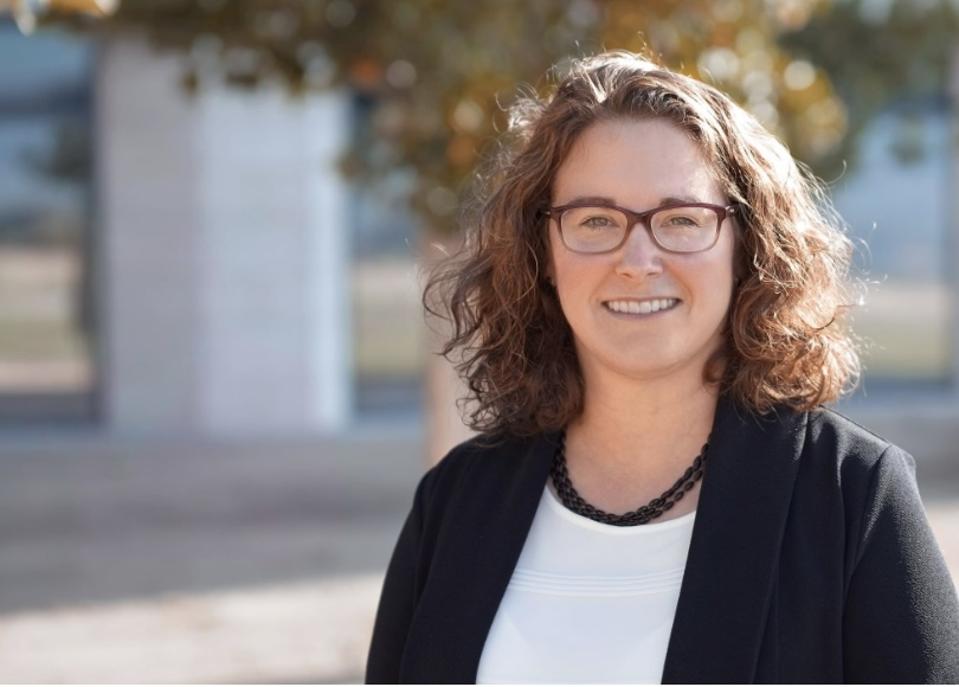By Samantha Walravens
Dr. Francesca Duncan’s pioneering work at the Buck Institute reveals why reproductive aging matters for business and society
In the fast-evolving landscape of longevity science, one researcher has made a discovery that could fundamentally alter how we think about women’s health, productivity, and the economics of aging. Dr. Francesca Duncan, Thomas J. Watkins Memorial Professor of Reproductive Science at Northwestern University and Associate Professor in Residence at the Buck Institute for Research on Aging, has identified a mechanism of reproductive aging that could lead to multibillion-dollar advancements in women’s health.
The First System to Age in Humans
“The female reproductive system is one of the first to show overt signs of aging in the human body,” explains Dr. Duncan. While most organ systems begin deteriorating in our 60s or 70s, women’s ovaries start declining in their mid-30s, with reproductive function ceasing entirely at menopause, typically around age 50.
This timing creates a critical disconnect in modern society. “Due to medical and health advances, women are living longer than ever before,” Dr. Duncan notes. “For women, however, this is especially problematic because the time of menopause has stayed constant. Thus, women are living longer post-menopause in an altered endocrine milieu.”
The Discovery: Ovaries Harden With Age
The breakthrough began with a simple observation in the laboratory. When isolating eggs from ovaries, Dr. Duncan’s team noticed that tissues from older animals were physically tougher to work with. This “happy accident” led to a critical realization: aging ovaries develop inflammation and fibrosis—essentially internal scarring—that makes the tissue physically stiffer.
“By serendipity we discovered the importance of the microenvironment in which the egg develops and how that may be contributing to ovarian aging,” says Dr. Duncan. “The aging ovary assumes a proinflammatory and fibrotic phenotype that leads to a stiffer microenvironment.”
This finding has significant implications for ovarian function. The research demonstrates that a fibrotic, stiff ovary can negatively impact follicle development, egg quality, and ovulation—all crucial factors for both fertility and hormone production.
Beyond Fertility: The Business Case for Ovarian Health
For business leaders and investors, this research presents compelling opportunities. The implications extend far beyond family planning into workforce productivity, healthcare costs, and market development:
1. Workforce Retention and Development: As women increasingly occupy senior leadership positions, the menopausal transition often coincides with critical career advancement years. Extending ovarian function could help businesses retain experienced female talent during their most productive years.
2. Healthcare Economics: Women live longer than men on average, but as Dr. Duncan points out, “There is a longevity paradox because women spend more time in frailty and poor health relative to men.” Maintaining ovarian function could reduce healthcare costs associated with conditions linked to estrogen decline, including cardiovascular disease, osteoporosis, and cognitive impairment.
3. Diagnostic Technologies: Dr. Duncan’s team is developing ultrasound-based Shear Wave Elastography to measure ovarian stiffness non-invasively. “Currently this is done by transvaginal ultrasound which is a minimally invasive method, but we hope as the technology of wearable ultrasound patches advances, we will move towards a wearable for continuous and real-time ovarian health tracking,” she explains. This represents a potentially significant new market in women’s health diagnostics.
Therapeutic Approaches to Reproductive Longevity
The potential market for therapeutics targeting ovarian fibrosis is substantial. In pre-clinical studies, Dr. Duncan’s team has demonstrated that low-dose anti-fibrotic drugs can extend ovarian function and reproductive longevity.
“Through pre-clinical pipelines, we have demonstrated the therapeutic value of using pharmacologic interventions with low-dose anti-fibrotics to extend ovarian function and reproductive longevity,” Dr. Duncan explains. “This work lays the foundation for identifying additional anti-fibrotic drug targets and performing clinical trials in women.”
Unlike hormone replacement therapy (HRT), which Dr. Duncan notes “does not encompass all ovarian hormones nor does it recapitulate the complex and dynamic physiology of normal ovarian cycles,” these therapeutics aim to maintain comprehensive ovarian function, addressing both fertility and endocrine health.
Global Market Implications
The business implications of this research extend globally. “First, global fertility rates are at an all-time low,” Dr. Duncan points out. “This is compounded by the fact that women are delaying childbearing and being confronted with the tangible consequences of reproductive aging.”
This demographic shift creates markets not only in the United States but worldwide, as countries from Japan to Italy grapple with declining birth rates and aging populations.
The Buck Institute’s Broader Mission
Dr. Duncan’s work aligns perfectly with the Buck Institute’s mission to extend healthspan—the period of life spent in good health. As Eric Verdin, CEO of the Buck Institute, has emphasized, community connection and sense of purpose are among the top drivers of healthspan.
“Improving healthspan for women through sustained ovarian function will allow them to take full advantage of community and social connections which will feed forward and further promote healthy aging and longevity,” says Dr. Duncan.
Timeline to Market
For investors and business strategists, the timeline for these innovations is promising. “It is exhilarating to be able to translate our findings from bench-to-bedside in less than a decade,” says Dr. Duncan. With clinical applications potentially available within a decade, this represents one of the most promising near-term opportunities in longevity science.
Dr. Duncan’s research exemplifies how fundamental science can address pressing societal challenges while creating substantial business opportunities. By tackling one of the first and most consequential aging processes—ovarian aging—her work could help realign women’s biological clocks with their chronological lifespans, benefiting half the world’s population and transforming multiple industries in the process.
“As a society, we have accepted the challenge of living longer,” Dr. Duncan concludes. “These clocks need to be reset and realigned to ensure healthy aging in women—half the world’s population who are essential for the continuity of our species.”

